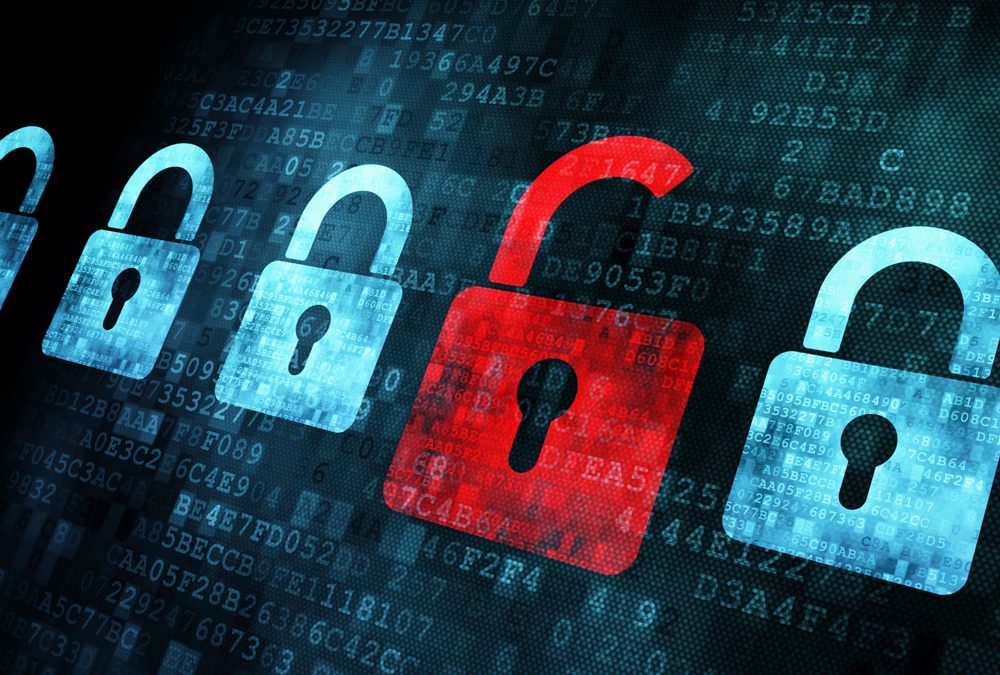
Jul 17, 2018 | SMB Technology, SMB Technology, SMB Technology, SMB Technology, Technology News
With more data than ever being collected, analyzed, managed, and stored, keeping the data as well as the business’s systems secure is a priority leading into 2018, and beyond. According to statistics, more than 50% of cyber breaches are due to human rather than technical error. Read on to learn more about creating a culture of cybersecurity by educating and training your staff. Training Employees to Create a Secure Culture According to a CompTIA report, creating a culture of cybersecurity starts with management. Preventing data breaches means more than simply meeting legal requirements; cybersecurity should be part of a bigger risk-management strategy. Another key piece is educating employees on their role in creating a secure culture. Educating and training employees should occur on more than one front. First, employees need to recognize threats as they occur, threats such as phishing schemes and ransomware, attacks designed to steal passwords and hold data hostage. While cloud computing has ushered in wonderful capabilities–such as the ability to work anywhere at any time– it also brings security risks by changing the business’s security perimeter. Employees working outside the office should be aware of the possible dangers of unintended eavesdroppers and unsecured mobile “hotspots.” Additionally, management should educate their staff about establishing and maintaining strong passwords that can’t be stolen. Establish Procedures for Responding to Data Breaches Another aspect of establishing a culture of cybersecurity is training employees to respond to a data breach if one occurs. Establish clear policies of reporting malware, phising and other security hazards, and make sure employees aren’t afraid to report problems. Also, be clear with employees about processes...

Jul 3, 2018 | SMB Technology, SMB Technology, SMB Technology, SMB Technology, Technology News
With technology growing by leaps and bounds, and regulations assigned to protect the data generated by this technology, you need a business continuity and disaster recovery plan in place to determine how that data is collected, protected, analyzed and stored. Read on to find out how to protect your company from data loss and its consequences. Why You Should Care About Data Protecting Your Data According to COMPTIA, data protection will be a key trend in 2018 and beyond. Businesses will continue to generate large amounts of data; for some companies, regulations such as PCI, GDPR and HIPAA require protection of data and plans for business continuity in the face of potential data loss. Even without the need for compliance to regulations, businesses need access to their data even in the event of a natural disaster or a cyberattack. How Much Downtime Can you Afford? The average cost of downtime is $5,600 per minute. Not only that, but if your business is inaccessible during a flood, fire or other disaster, or simply a power outage, customers can lose confidence in the product or service you provide. Even more serious is the prospect of confidential data being lost or exposed. Having a plan in place can make the difference in whether your business stays in business. What to Include in Your Plan How much data can you afford to lose, and how long can you be without it? The best plan provides for storage and restoration of data during and after a disaster. How long can your systems be down before it affects profitability? How will you restore data that...




